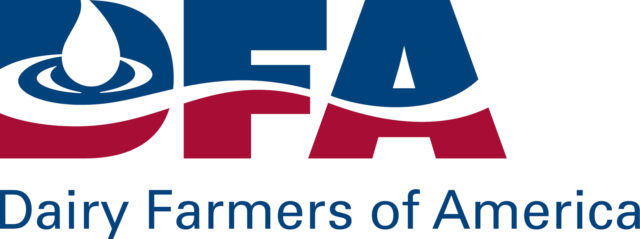It’s often joked that the best attribute of a good farmer is a short memory. And, of course, there’s truth to such a statement, as the challenges inherent to the act of farming can be frequent and plenty – something gets out, something else breaks, something unexpectedly needs to be paid for. One has to allow the disappointments to roll off their back and continue on to the next day.
However, what might be true for the farmer might not be true about the system he farms under. Markets have no feelings, but they can cause plenty of pain. It has happened repeatedly in America’s history, from the Dust Bowl to last year’s volatility in farmgate prices. For the sake of the industry, it is important the heartbreak that such difficult times have caused is not forgotten, nor their lessons unheeded.
I was born when the U.S. farm crisis of the 1980s was in full swing. My world didn’t extend much further than toys and chocolate milk back then, and the suffering of crop farmers didn’t register with me at that time. Nor would the family I was born into be affected much by the events unfolding, being dairy farmers. “Farming” is a wide term, and with the fates of agricultural sectors sometimes partially in opposition to each other, the milk industry likely benefited from lower feed costs. Nonetheless, the farm crisis of the 1980s was so devastating in its entirety that 58 out of every 100,000 farmers committed suicide in 1982.
As is often the case, such severe economic collapses are often preceded by rosy times. Agricultural technology – from bigger tractors, better seeds and the use of pesticide – significantly increased what a single farm could produce. Poor weather had forced the Soviet Union to sign a grain contract with the U.S. in 1972, leading to the price of wheat doubling and that of corn tripling from the year before.
In 1973, Earl Butz, the secretary of agriculture under Nixon, famously told farmers to “get big or get out.” It was the American farmer’s time, and they needed to “plant fencerow to fencerow” to feed the world. And, indeed, for a little while everything was good for the American farmer. For the first time since modern record-keeping, the average farm income was more than that of the average urban income.
Everywhere farmers looked, they were told to expand. Banks, also looking to cash in on the boom, aggressively encouraged farmers to borrow. Farms used their rising land value as leverage to take out more loans and find more ground to plant. The magazine Successful Farming called dirt “black gold” – and, like every other agricultural publication, suggested that if a farm wasn’t getting bigger, they were going backward. Economists, professors and editors all promised farmers that land was never going to devalue, and if they didn’t seize the moment, they would regret it later.
However, those promises were false.
In October 1979, Federal Reserve Chair Paul Volcker caught the financial world off-guard by instituting an aggressive policy to stop inflation. The ultimate consequences of this policy was to increase interest rates to as much as 21.5% in 1981, the highest recorded figure since the Civil War. To make matters worse, the Soviet Union had invaded Afghanistan in 1979 and, in repudiation, President Jimmy Carter put a grain embargo on the Soviets, taking away a lucrative export market for farmers. Further exacerbated by droughts in ’83 and ’88, one-third of the farms eventually held two-thirds of the nation’s debt.
The drop in land value was sudden and severe, as were the lower farmgate prices. Without the ability to pay back creditors, many farmers borrowed more, hoping the industry would rebound in a year or two. When that didn’t happen, many farms had to sell out and seldom still recouped their debts. Suicide rates among farmers were four times higher than they had ever been before that point. Soon rural banks were forced to close, and the communities around them were decimated, losing businesses and population.
The farm crisis of the 1980s was a dark time, not only in the history of American agriculture but for the nation as well. For those who didn’t experience it directly, it feels like a long time ago. However, we owe it to the farming families who suffered through that tumultuous period not to forget that it happened nor discount their suffering. Perhaps even more important, we owe it to ourselves to remember it. It holds lessons for the industry today on an over-reliance on producing more, on the double-edged sword of technology and a dependency on foreign markets. In short, we can’t afford to have a short memory in agriculture.





